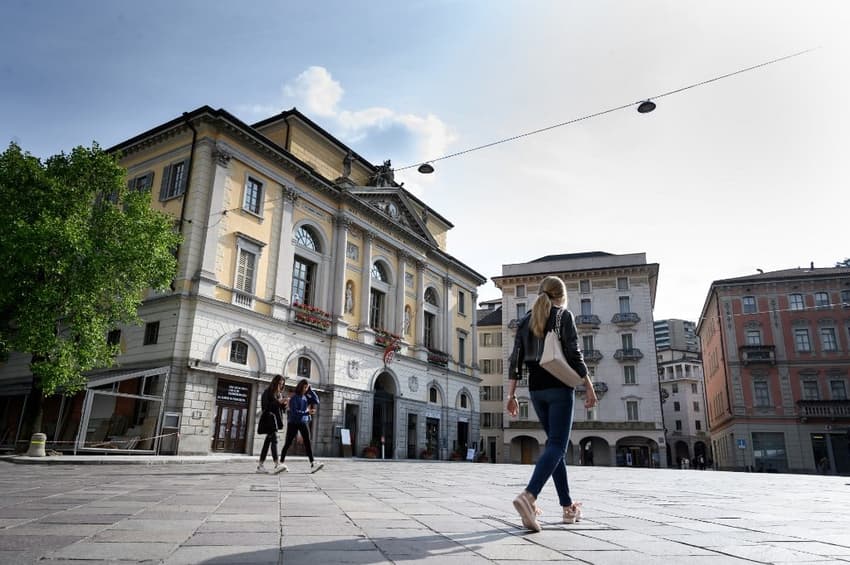Where in Switzerland are you most likely to find properties for rent?

According to an analysis of Swiss real estate market by Raiffeisen bank, some cantons have a larger selection of rental units than others.
The availability or shortage of flats for rent is driven by the development of new housing units, Raiffeisen’s report noted.
In areas where a lot of construction is underway, there are more rental options, while the opposite is true in regions where there is no, or little, building activity.
The average Swiss vacancy rate is 2.76 percent, but some cantons exceed that number.
For instance, while large urban centres around the Lake Geneva, as well as the Zurich and Basel regions don’t have much vacant housing, others have difficulty finding tenants for their apartments.
Among them are Solothurn, where the vacancy rate is 6.5 percent, Valais (5.4 percent,) and Appenzell Innerrhoden (5.3 percent).
In medium-sized cities "the number of empty dwellings has increased by almost 2.5 times over the past 10 years and the trend is still rising sharply," Raiffeisen reported.
READ MORE: Free ID: Swiss municipality abolishes fees for residents
"What is worrying is that the vacancy rate is increasing where there are already a lot of empty homes," said Martin Neff, Raiffeisen’s chief economist.
On the other hand, the demand for private housing is increasing across the country, according to Raiffeisen.
This can be explained by a limited supply of properties for sale combined with a high demand driven by low mortgage rates.
Regional differences exist, however. In Valais and Jura, vacancy rates are 1 percent, while they are higher in Ticino, Aargau, Vaud and Glarus.
On the other hand, there is much less availability of properties for sale in Geneva, Zurich, and Basel — a situation that is similar to the rental market.
Comments
See Also
The availability or shortage of flats for rent is driven by the development of new housing units, Raiffeisen’s report noted.
In areas where a lot of construction is underway, there are more rental options, while the opposite is true in regions where there is no, or little, building activity.
The average Swiss vacancy rate is 2.76 percent, but some cantons exceed that number.
For instance, while large urban centres around the Lake Geneva, as well as the Zurich and Basel regions don’t have much vacant housing, others have difficulty finding tenants for their apartments.
Among them are Solothurn, where the vacancy rate is 6.5 percent, Valais (5.4 percent,) and Appenzell Innerrhoden (5.3 percent).
In medium-sized cities "the number of empty dwellings has increased by almost 2.5 times over the past 10 years and the trend is still rising sharply," Raiffeisen reported.
READ MORE: Free ID: Swiss municipality abolishes fees for residents
"What is worrying is that the vacancy rate is increasing where there are already a lot of empty homes," said Martin Neff, Raiffeisen’s chief economist.
On the other hand, the demand for private housing is increasing across the country, according to Raiffeisen.
This can be explained by a limited supply of properties for sale combined with a high demand driven by low mortgage rates.
Regional differences exist, however. In Valais and Jura, vacancy rates are 1 percent, while they are higher in Ticino, Aargau, Vaud and Glarus.
On the other hand, there is much less availability of properties for sale in Geneva, Zurich, and Basel — a situation that is similar to the rental market.
Join the conversation in our comments section below. Share your own views and experience and if you have a question or suggestion for our journalists then email us at [email protected].
Please keep comments civil, constructive and on topic – and make sure to read our terms of use before getting involved.
Please log in here to leave a comment.